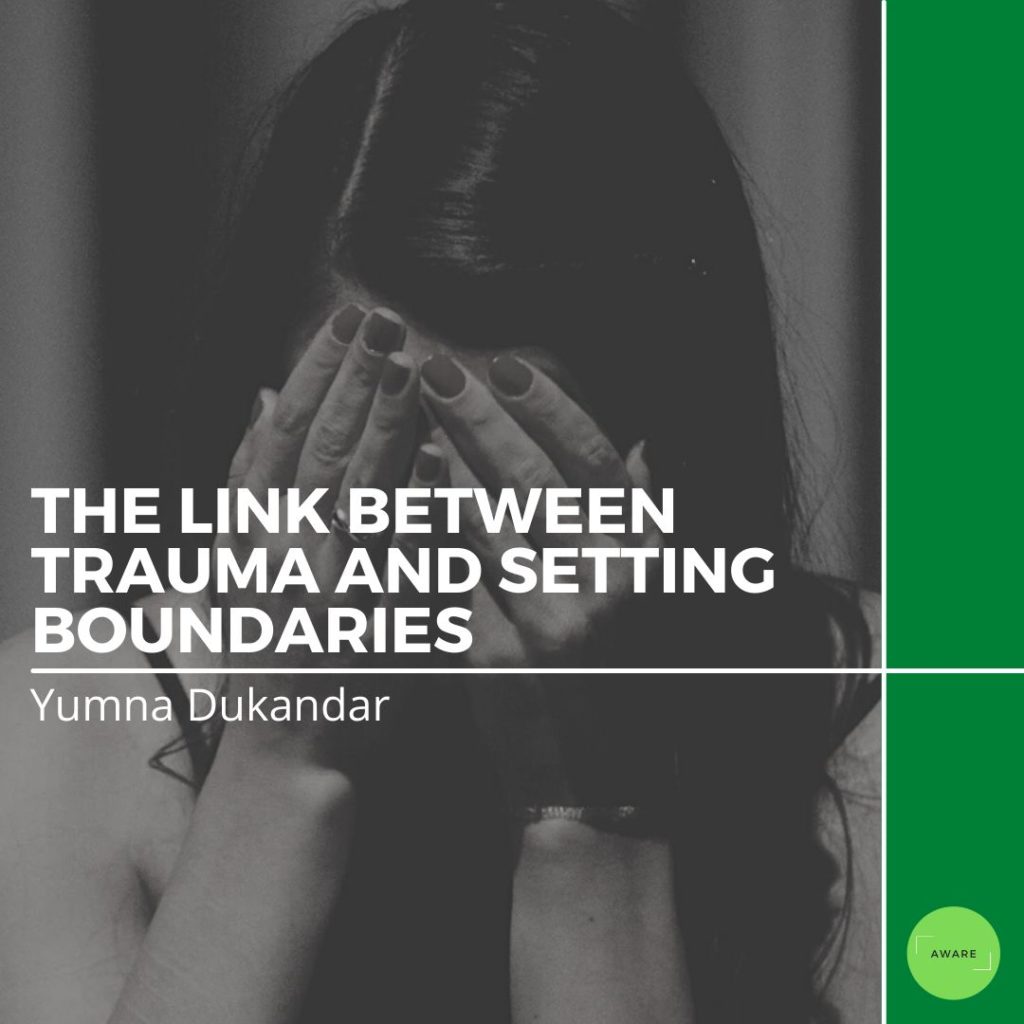There is often stigma associated with people in relation to how many boundaries they have. For some, they seem “closed off” and “guarded” for having too many boundaries, while others seem like “open books” for having too few. While there might lie some truth in these statements, did you know that our childhood plays a fundamental role in the way we create and maintain boundaries?
Boundaries & Trauma
Boundaries refer to the personal rules and limitations each unique individual sets for themselves within their relationships. They help create healthy and long-lasting bonds between people. This is because a person with healthy boundaries has space to invite intimacy with others while still maintaining their own thoughts. Doing so makes their personal comfortability take priority, thus creating safety within relationships.
The word trauma has gained popularity in recent years, often referred to in a playful manner – such as “the food I ordered was so bad. I am literally traumatized”. Let us delve into the actual meaning of the word for better understanding. According to Medical News Today, trauma is a response to a situation which causes high levels of stress. This is important to distinguish because not everyone who experiences stress will develop trauma.
It is no secret that our childhood plays a large role in determining the majority of our behavior and our personality traits. Childhood trauma impacts our ability to honor and implement our personal boundaries. As discussed by the author and licensed therapist, Nedra Glover Tawwab, it is likely that if you have suffered from abuse, neglect, or household dysfunction, you have some level of trauma.
Examples of common boundary problems faced by someone who has suffered from childhood trauma include –
- Wanting to help everyone, even if you are unable to do so
- Oversharing with the hopes of receiving love
- People-pleasing
- Avoiding conflict
- Struggling to make your own decisions
- Suffering from low self-esteem
- Overworking yourself
How to Work Through These Issues
It is important to remember that change is possible, despite the level of intensity of your trauma. There are ways in which we can address our own boundary problems and find sustainable solutions.
- Seeking professional help – Psychotherapy is a helpful tool in revisiting past experiences in a safe and effective manner. By working with a licensed professional, childhood trauma can be acknowledged and understood, thus creating an environment for healing. In this way, we can learn where to include and release boundaries.
- Opening a line of communication – Instead of continuing with old patterns, getting curious and openly communicating trends that you notice within your relationship dynamics is the first step in acknowledging boundary violations.
- Challenging your behavior – If you notice something that you are doing that is counterproductive to the life you want to live, challenge the behavior. This means stepping out of your comfort zone and trying something new. An example includes asking people for help when you would usually do it by yourself. Challenging yourself might be uncomfortable at first but will start chipping away at unhealthy patterns, resulting in fruitful outcomes in the future.
Just like other skills, boundaries are learned behaviors that can be mastered over time. They leave us feeling empowered and in control of ourselves. In what ways has your trauma impacted your ability to set boundaries?
